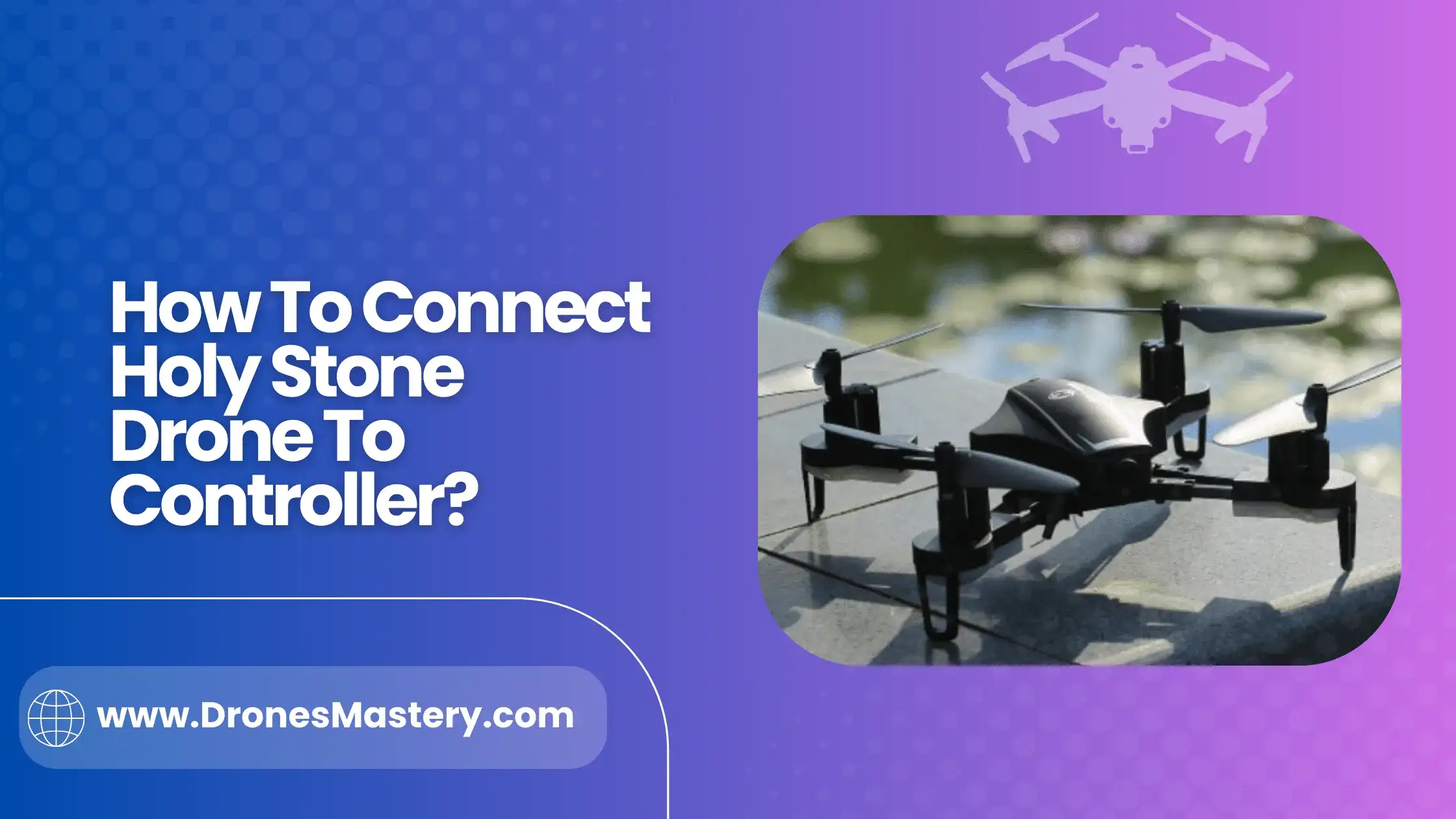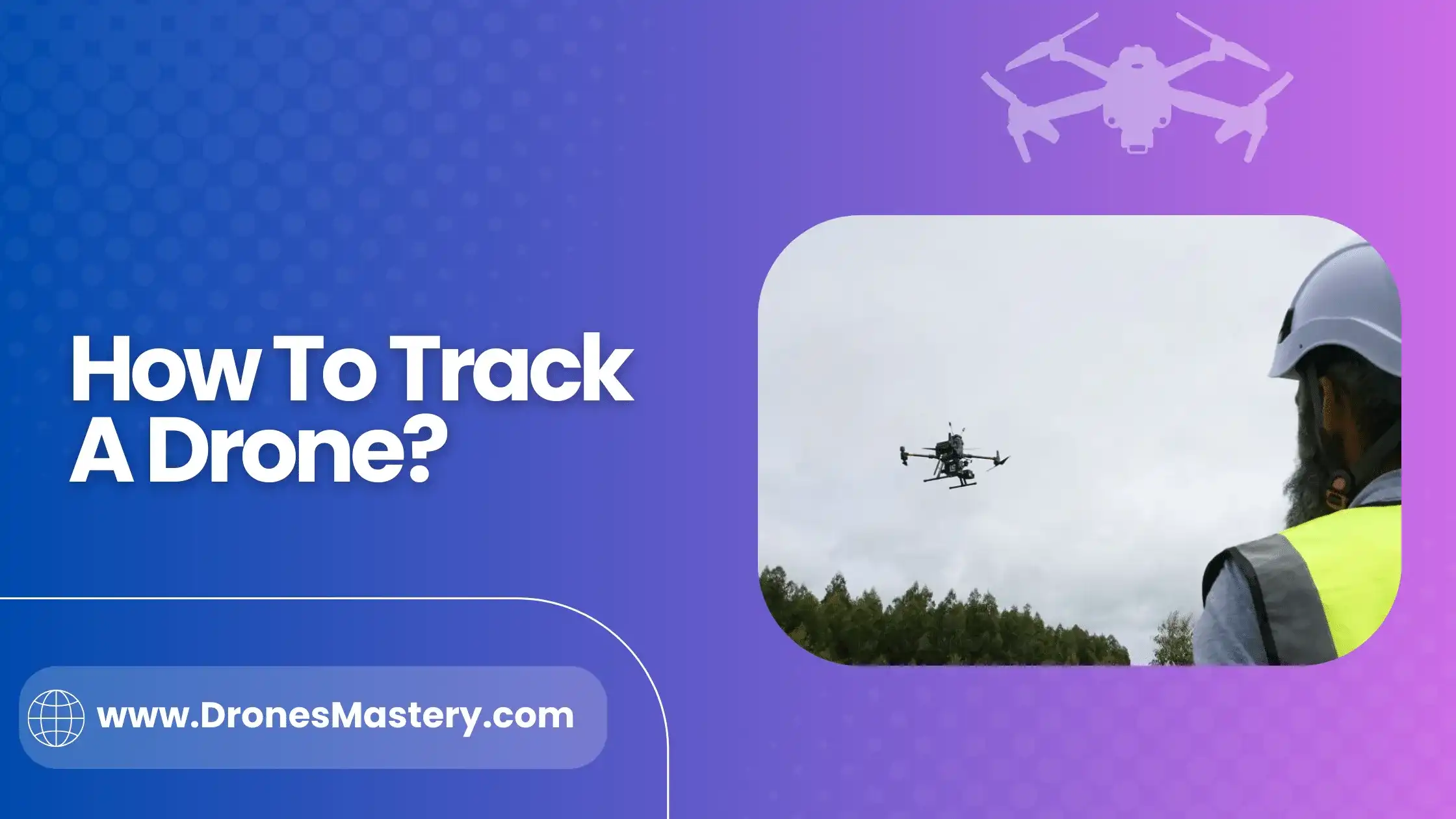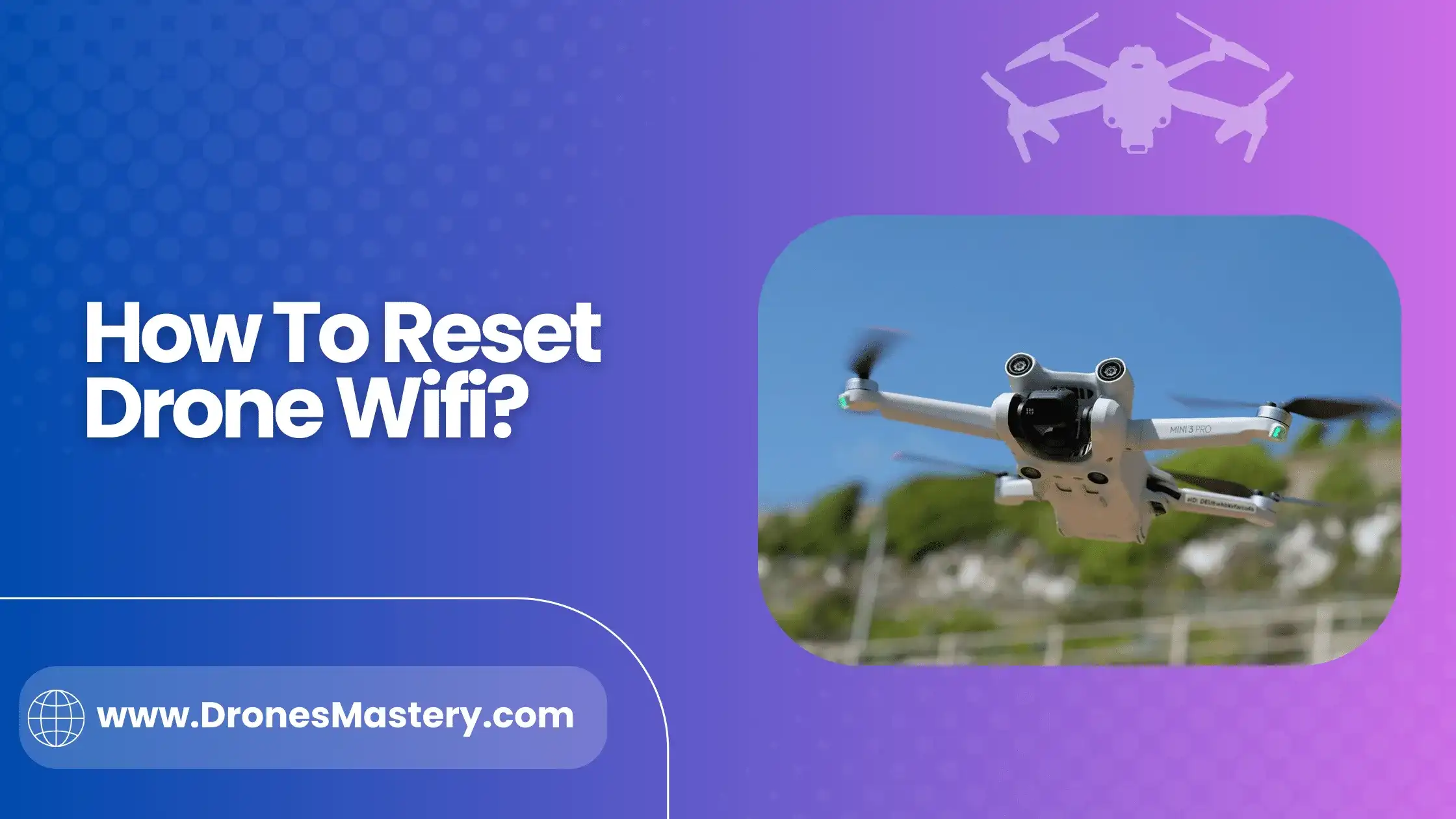With their silent flight paths and ability to fly in places no human can reach, drones have been creating epic opportunities for exploration and data collection, particularly at night. Here, we’ll take a deep dive into what makes night time drone flights so attractive, from unique viewing perspectives to improved security measures.
By the end, you should be equipped with all the information necessary for deciding whether or not a night-time drone flight is right for you!
Ecological research is one of the most prevalent uses of drones at night. Infrared cameras and other technologies are used by scientists to monitor animal habitats, evaluate air pollution, trace migration patterns, and even shoot landscapes at night.
Energy harvesting is another application. With advancements in solar power and other energy sources, it is becoming increasingly vital not just to collect new sources of sustainable energy during the day, but also to store and utilize it at night.
That is exactly what some academics are doing with their drone fleets: they are constructing small-scale solar plants to collect data on the ideal periods for energy output when the sun is not present.
How Does A Drone Look At Night?
A drone seems the same at night as during the day. The only difference is that if there is no light source in the vicinity, you cannot see it with your naked eye. This makes sense as well: what would you see if you looked up into space? Nothing! And if there is no light source nearby, such as a streetlamp, you will not be able to notice any drones flying around.
To be clear, this is not to claim that drones do not exist at night; simply because we cannot see them does not mean they do not exist. It simply implies that our eyes cannot detect them when there are no other sources of illumination around (such as lamps).
Who Operates Drones At Night?
Many people are perplexed by drones in the night sky. What are they doing and why are they there? The simple answer is that drones are employed for a variety of nighttime tasks, ranging from surveillance to search and rescue. Drones are increasingly being used by law enforcement and military personnel to carry out their objectives. If a drone is flying at night, it is very likely that it is a surveillance drone.
However, the commercial market for drones is expanding as corporations find new and imaginative ways to employ them. Amazon, for example, intends to deploy drones for package delivery. And Google uses them for search and rescue missions.
To be clear, this is not to claim that drones do not exist at night; simply because we cannot see them does not mean they do not exist. It simply implies that our eyes cannot detect them when there are no other sources of illumination around (such as lamps).
Can You Fly A Drone At Night: What Are The Requirements?
The FAA reports that there are 868,804 registered drones in the United States alone. When you factor in drones used in other nations with high drone usage, such as the United Kingdom, China, and India, the figure skyrockets.
With the FAA now allowing Amazon Prime Air to join FedEx and UPS in live testing drone deliveries, drone flight will more than treble in the near future. This clearance should already be of concern to you because the daily number of drone flights has overtaken the annual number of aviation flights in the United States and the United Kingdom.
There have been encouraging signals of progress in regulating in the United States. There have been encouraging signs of progress in regulating the use of drones in the United States. For example, the FAA’s most recent regulations require drones and their operators to have the following before taking to the skies, particularly at night:
- Anti-collision lights must be visible for at least three kilometers from the drones.
- The operator must be licensed and must keep up to date with current knowledge and exams.
- Drones will have a standard remote ID that displays the drone’s location, identification, and control center
- The drone will be outfitted with a Remote ID broadcast module for information dissemination.
- Drones without Remote ID may only be operated in FAA-approved identification zones.
- What else? Various states have implemented legislation to protect citizens' privacy rights.
Before utilizing a drone on you or your property, most laws require law enforcement personnel to get a warrant. And obtaining a warrant is not easy. Before a judge may issue an order, the police must provide sufficient reasons in their application.
Check out your country’s drone usage restrictions to feel more secure. Always be aware of your legal rights and responsibilities. Take the appropriate action when a drone operator oversteps their authority.
Conclusion:
To conclude, drones flying at night provide a large number of benefits. Whether it’s tracking weather patterns, surveying wildlife, or simply delivering goods and services to far-off places, drones are becoming increasingly important and useful day by day. When seen in the sky during nighttime hours, drones represent a deep technological advancement and myriad prospects for our future.
It is certain that more exploration into drone technology and its various applications will prove to be invaluable for humanity as it progresses further in the 21st century. With that being said, let us not forget to take a moment to appreciate the wonders of these marvels as they make their way across the depths of night skies around the world.







